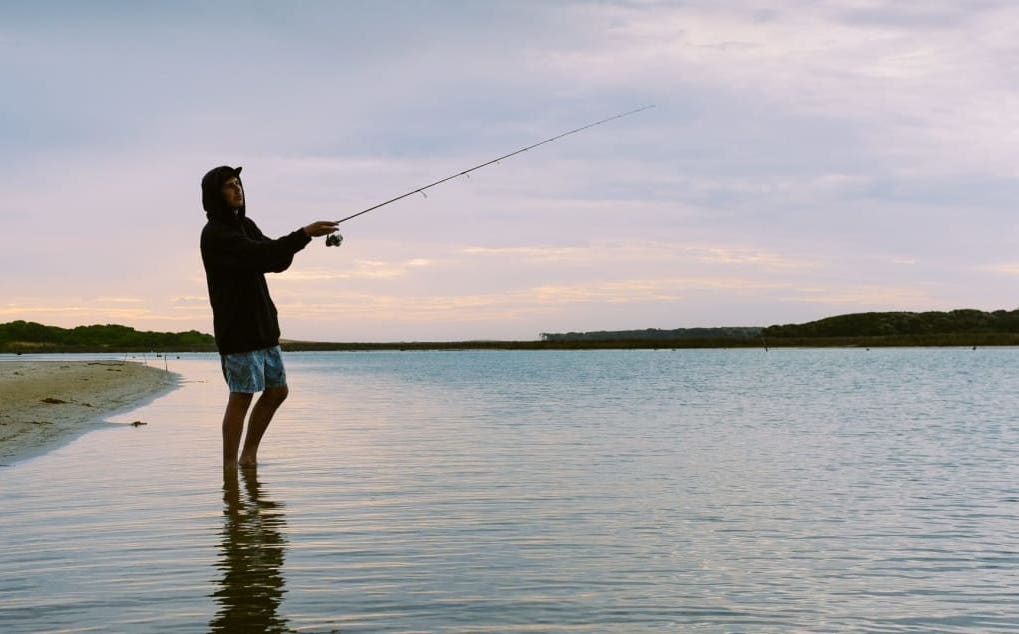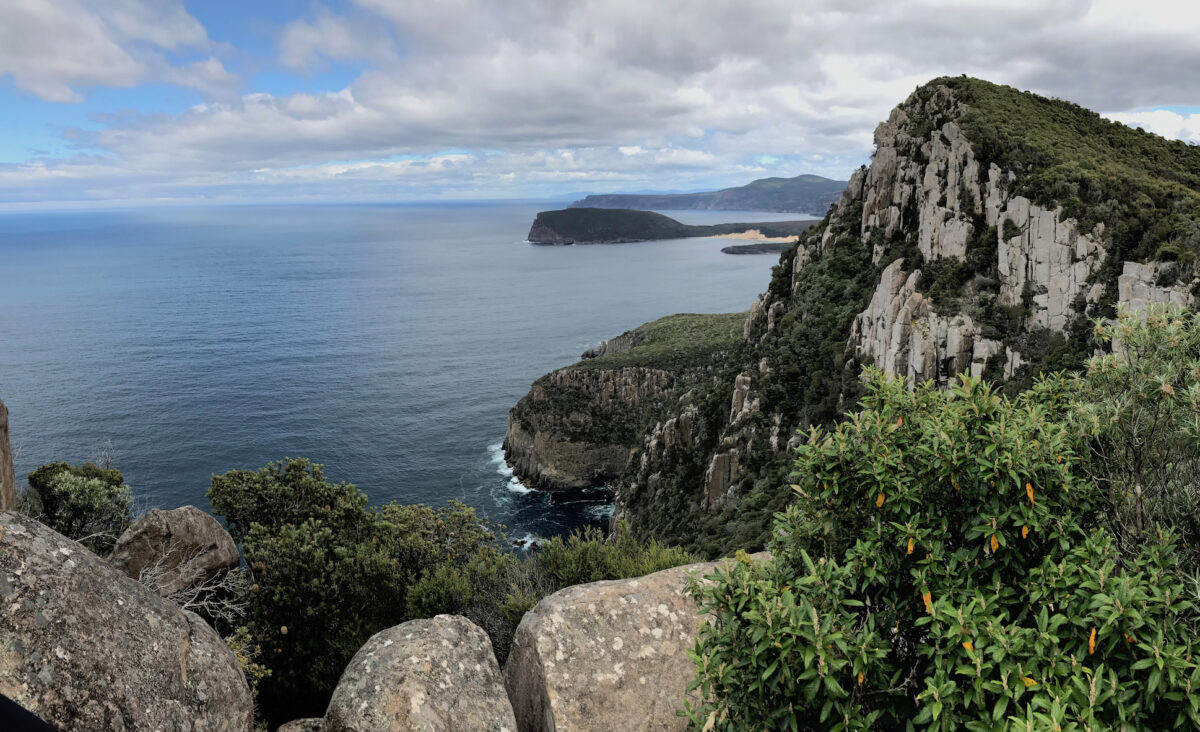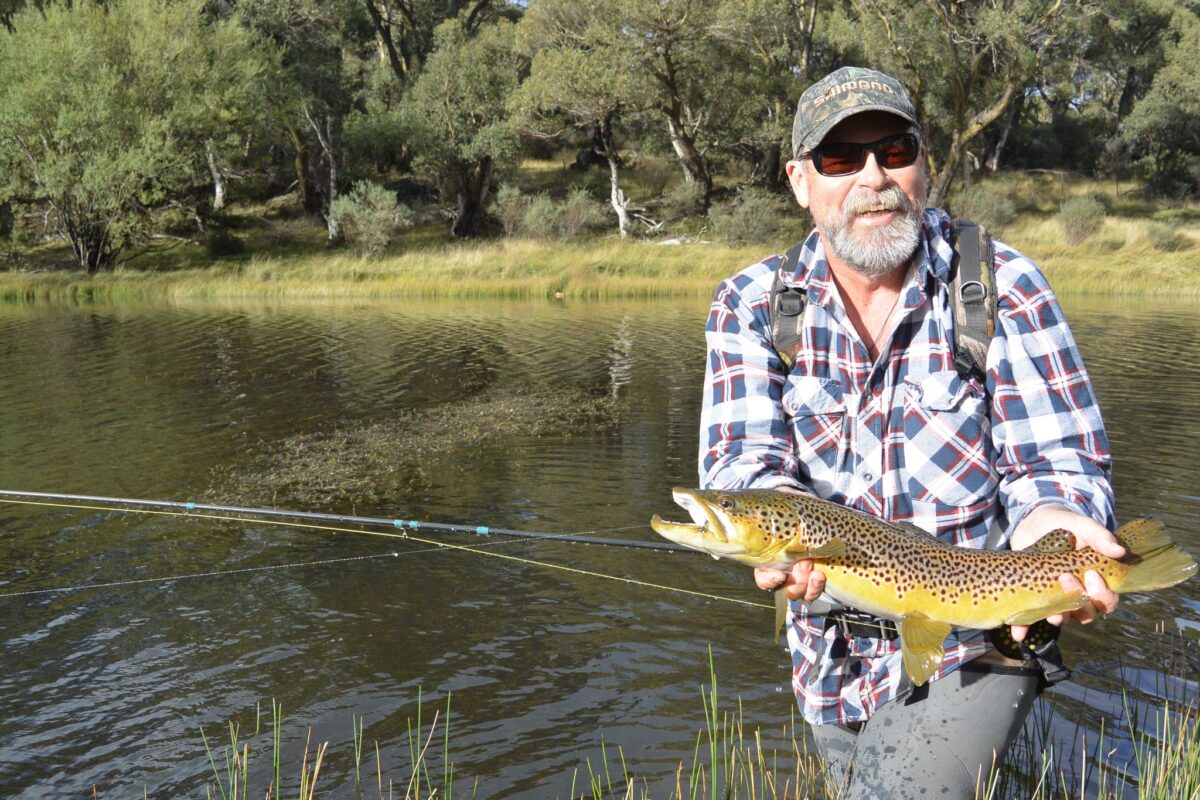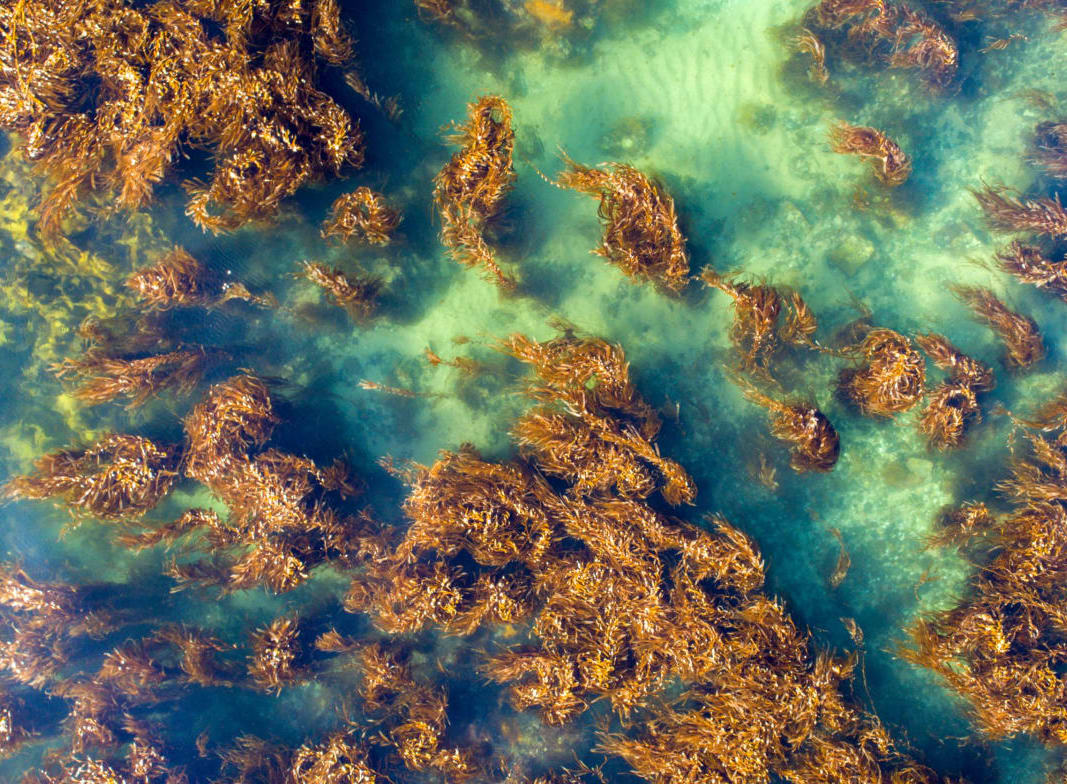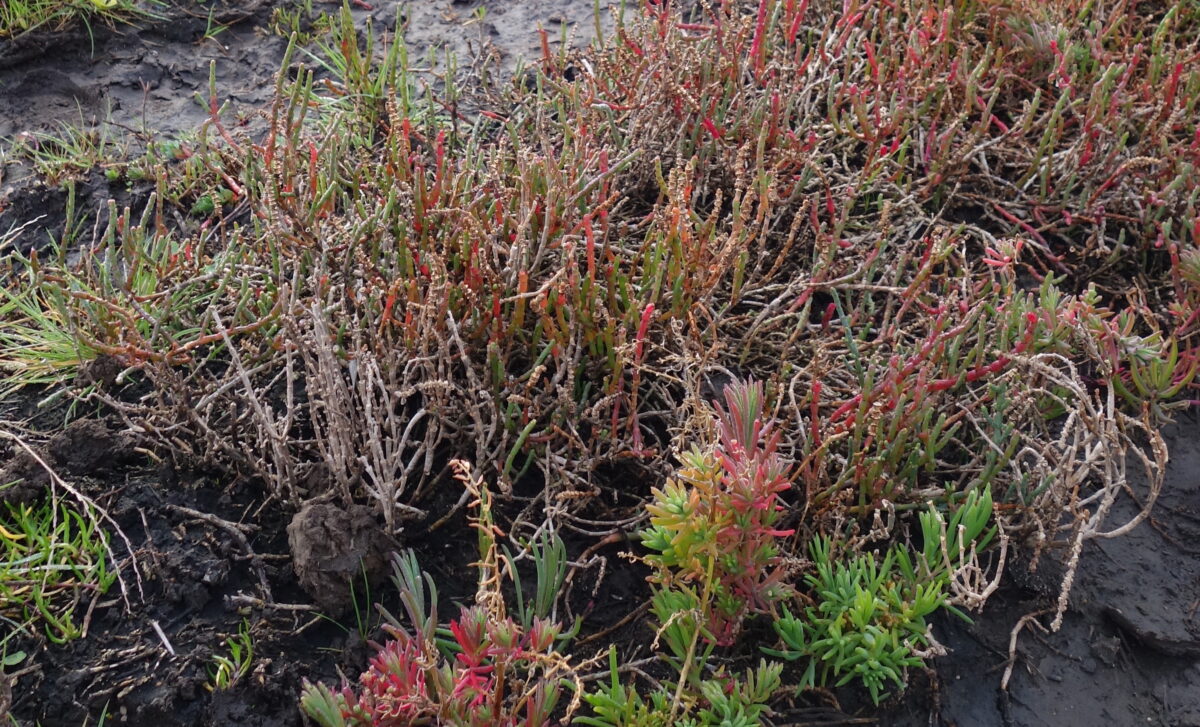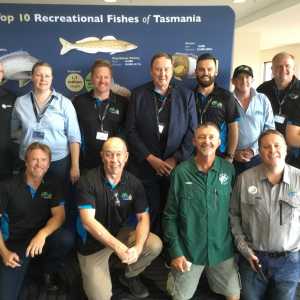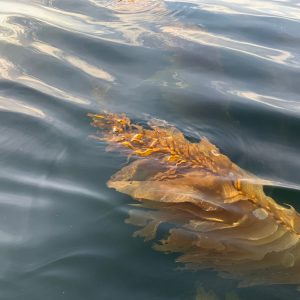Fish Habitat Forum inviting Tasmanians to learn more about their local fish habitat
In partnership UTAS, OzFish held the Fish Habitat Forum in Moonah’s Cooleys Hotel in 2019. The forum provided anglers with the latest information on improving fish habitat and advice on how they can get involved with projects in and around the state. With CEO Craig Copeland speaking alongside Dr Cayne Layton from the University of Tasmania, the forum was aimed at recreational fishers who wanted to learn more about the environments that support fish and the actions that are underway to address problems within the local environment.

